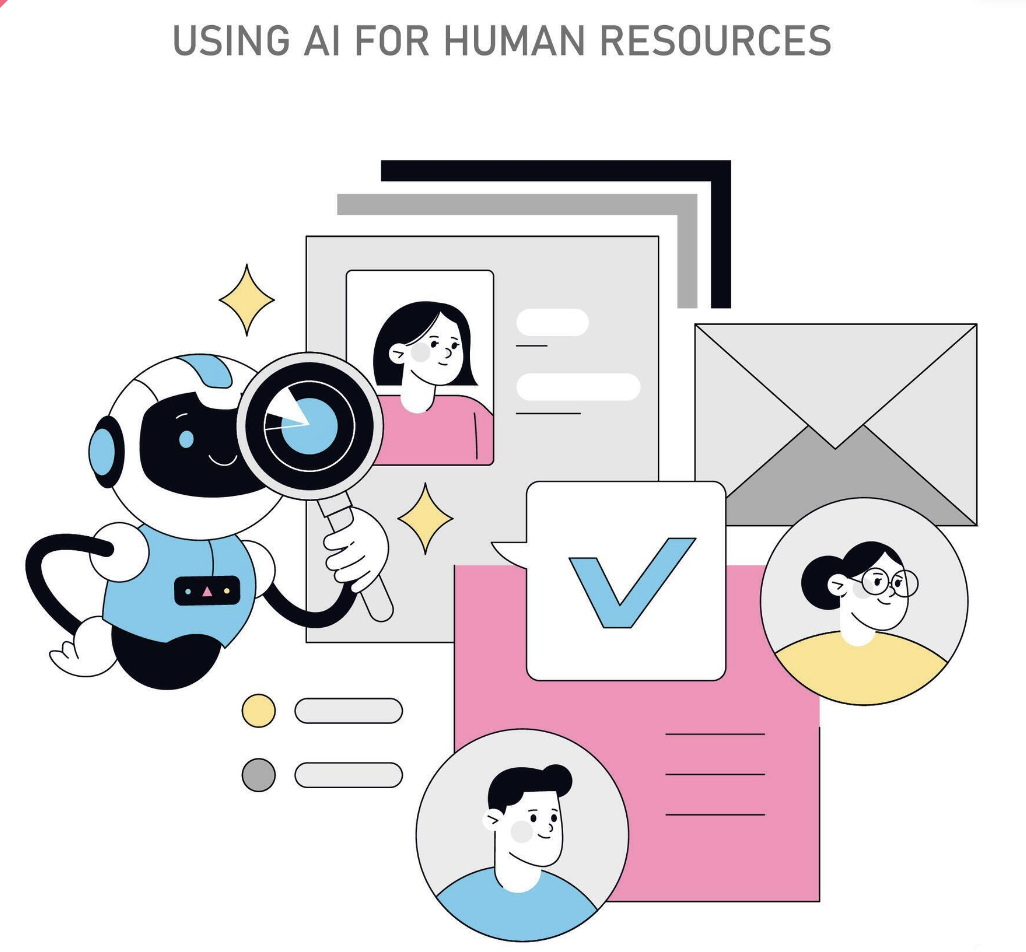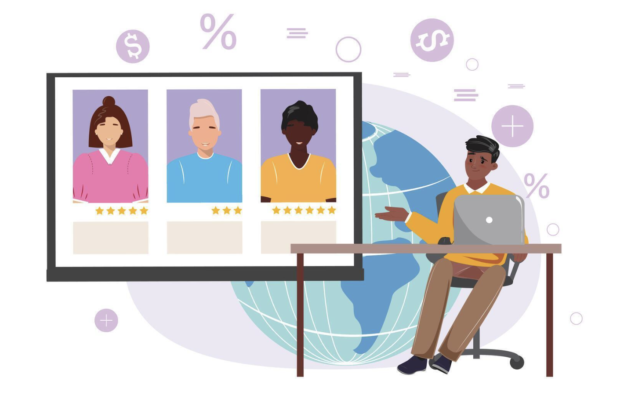Human capital is the most valuable asset in any organization (Madgavkar et al., 2022). In today’s fast-changing environment, where organizations strive to be the best employers, attracting, recruiting, and retaining human capital has become a top priority. Organizations now rely on their HR departments more than ever to address these challenges effectively (Komm et al., 2021).
Employee retention is an essential component of organizational success. It is a critical strategy for organizations aiming not only for success but also for sustainability. Research shows that 14.48% of newly hired employees leave within the first six months (Schwantes, 2019). Employee retention refers to the policies and practices employers implement to retain their workforce and reduce turnover. High turnover adversely impacts overall productivity and team morale, while also increasing recruitment and training costs (Herrity, n.d.). Retaining employees is about more than just maintaining workforce numbers; it involves creating a workplace environment where employees feel valued, respected, recognized, and motivated to remain with the organization (10 Reasons Why Employees Stay in a Company | Thunderbird, n.d.).
Importance of Employee Retention in Organizations
1. Cost of High Turnover
Employee turnover is expensive. When an employee leaves, direct costs are incurred in recruitment, onboarding, and training their replacement. Indirect costs include lost productivity, reduced employee morale, and the risk of overburdening existing employees (The True Cost of Employee Turnover on Your Business, 2022).
2. Impact on Productivity and Performance
High turnover disrupts workflows, ultimately resulting in decreased productivity (Shenoy & IA EME Publication, 2016). Newly hired employees require time to reach optimal performance, and approximately 16.45% leave within their first week of joining, disrupting team harmony (Schwantes, 2019). Conversely, a stable workforce fosters better team dynamics and collaboration, leading to increased efficiency and productivity (Luther, n.d.).
3. Retaining Institutional Knowledge
Employees who stay with a company for the long term accumulate institutional knowledge, such as insights into organizational processes, client relationships, and industry nuances. This expertise is invaluable and irreplaceable when an employee leaves, potentially giving competitors an edge (Luther, n.d.).
4. Enhancing Employee Engagement and Morale
Focusing on employee retention sends a clear message that employees are valued. This, in turn, enhances engagement and morale. Increased employee engagement fosters commitment and productivity and motivates employees to go the extra mile for the company’s success (White & Johnson & Wales University, 2020).
5. Employer Brand
High turnover can harm an employer’s brand, affecting the business adversely. On the other hand, employees are more likely to be attracted to companies with good employee retention rates (SHRM-CP, 2023).
Factors Influencing Employee Retention
1. Workplace Culture and Engagement
A positive workplace culture reinforces team dynamics and reduces workplace conflicts. It promotes inclusivity, appreciates diversity, and fosters respect and collaboration, all of which enhance employee satisfaction. Satisfied employees are more likely to stay with the organization for an extended period (Kempton, 2023).
2. Competitive Compensation and Benefits
Fair pay and comprehensive benefits signal that the company values its employees. Studies show that salary is one of the top reasons employees switch jobs (5 Key Facts About Workers in 2022, 2022). Additionally, benefits play a crucial role in attracting and retaining talent (Kempton, 2023).
3. Opportunities for Growth
Employees are more likely to remain with organizations that provide opportunities for career advancement. Research indicates that 73% of employees value career growth within their organization (Kempton, 2023).
4. Work-Life Balance
Flexibility in work arrangements helps employees maintain a healthy work-life balance. Lack of work-life balance is the second most cited reason for switching jobs (5 Key Facts About Workers in 2022, 2022). Trusting employees to deliver results regardless of their work location fosters loyalty (Kempton, 2023).
5. Recognition and Appreciation
Acknowledging employees for achieving targets and contributing to organizational goals instills motivation and encourages loyalty (Kempton, 2023).
6. Positive Onboarding Experience
A positive first impression is crucial, as there is a high tendency for turnover within the first six months of employment (Schwantes, 2019). Onboarding should involve team members and supervisors from various departments to familiarize new hires with the culture and make them feel welcomed and included (Main, 2024).
7. Establishing Open Communication
Regular check-ins, performance reviews, and feedback mechanisms build employee confidence. Encouraging and appreciating employees for their work fosters trust and engagement (Main, 2024).
In my personal opinion, employee retention is not merely an essential business decision but a reflection of an organization’s values and priorities. Organizations that take proactive initiatives to preserve their workforce demonstrate respect and commitment toward their employees. Such gestures foster genuine loyalty and a sense of belonging among employees, going beyond just monetary compensation.
While competitive pay and benefits are important, cultivating a culture of inclusivity and providing opportunities for meaningful work, professional and personal growth are equally important in motivating employees to stay with an organization in the long-term. When employees feel valued, they are more enthusiastic about contributing to organizational goals. This enthusiasm drives improved performance and its subsequent recognition, ultimately leading to employee satisfaction and, in turn, organizational success. Implementing well-thought-out retention strategies is an ongoing commitment to fostering an environment where employees feel empowered to grow and succeed.
In conclusion, employee retention is a multifaceted challenge that requires a strategic approach. By addressing factors such as workplace culture, competitive compensation, and work-life balance, organizations can create an environment where employees thrive. Retention is not just about keeping employees; it is about building a resilient and engaged workforce that drives long-term success. Prioritizing these factors today will yield significant benefits for organizations in the future.
What are some of your practices or ideas for actively retaining talent? Share your thoughts with us in the comments!













